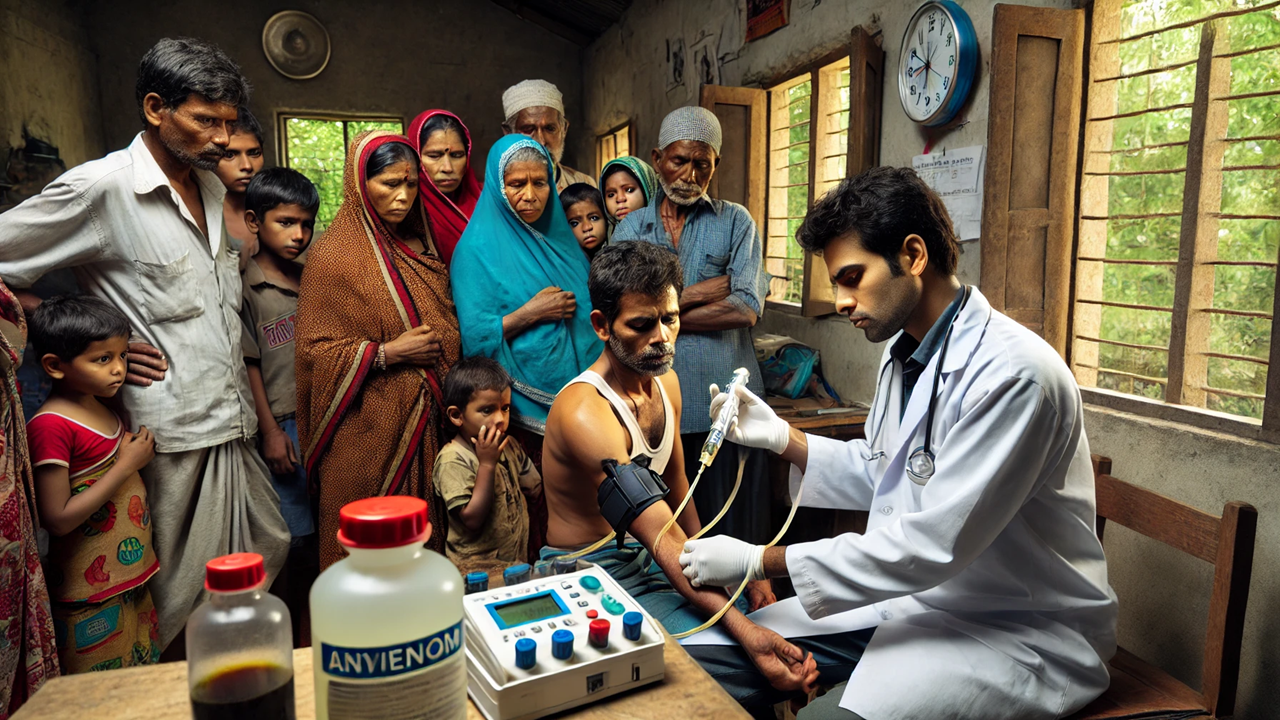Recognizing the critical need to reduce errors in medical diagnosis, the World Health Organization (WHO) is urging all stakeholders to “Get it right, make it safe!” as part of the World Patient Safety Day campaign on 17 September. This year’s theme, "improving diagnosis for patient safety," was chosen in consultation with patients, policy-makers, and other key stakeholders to emphasize the collective role in reducing diagnostic errors.
"The right diagnosis at the right time is essential for safe and effective health care, while diagnostic errors can lead to severe harm, and even death," said WHO Director-General Dr. Tedros Adhanom Ghebreyesus. "Addressing this issue requires collaboration between health workers, policymakers, regulators, the private sector, civil society, and importantly, patients and their families."
Each year, diagnostic errors contribute to 16% of preventable harm in healthcare, leading to significant human and economic consequences. Research shows that most adults will experience at least one diagnostic error in their lifetime, potentially resulting in prolonged illness, higher healthcare costs, or even preventable death.
Diagnostic errors can occur when a diagnosis is delayed, incorrect, missed, or miscommunicated at any stage of a patient's healthcare journey. WHO emphasizes the need for targeted interventions by policymakers, healthcare leaders, health workers, medical product regulators, and patients to mitigate these risks.
Policymakers must ensure the implementation of national guidelines, protocols, and the allocation of appropriate resources to support accurate diagnostics. Healthcare managers are encouraged to foster safe environments, promote continuous improvement, and maintain systems and standards for diagnostic accuracy. Additionally, diagnostic tools and technologies should be kept up-to-date, with feedback loops to manufacturers to enhance their effectiveness.
Patients and their families also play a crucial role by actively participating in the diagnostic process, sharing complete medical histories, asking questions, and following up on test results. Health workers are urged to engage with patients, integrating diagnostic excellence into every step of the healthcare process.
WHO is developing a model to guide the implementation of diagnostic safety interventions. From 10–12 September, WHO held the World Patient Safety 2024 Global Consultation, gathering input from various stakeholders on the development of this model. Participants reviewed the progress of the Global Patient Safety Action Plan (GPSAP) 2021–2030, which serves as a framework for ensuring safe and high-quality care for all patients.
While the recently released Global Patient Safety Report 2024 highlighted progress made by many countries, it also pointed to the significant room for improvement. The WHO’s diagnostic safety implementation model, set to be launched in 2025, will be part of a broader range of tools to help stakeholders drive progress towards the goals of the GPSAP.











